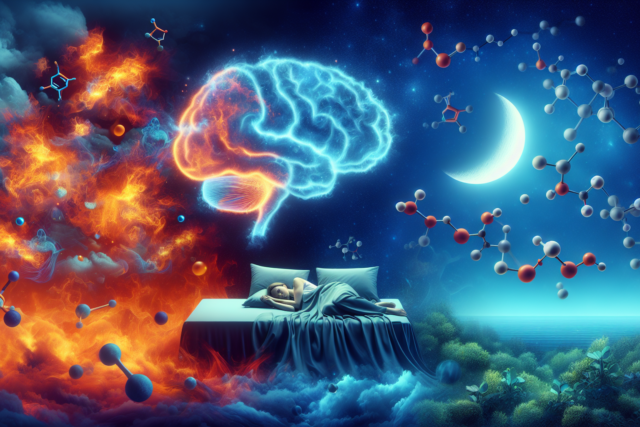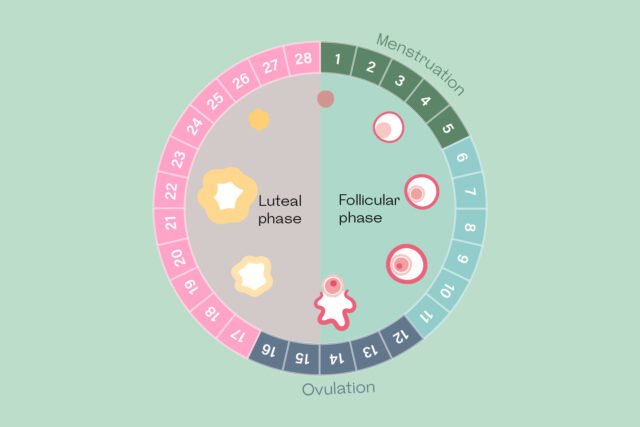
*This post may contain affiliate links. Read more.*
Seasonal Affective Disorder (SAD) is a type of depression that typically occurs during the winter months when daylight hours are shorter. This condition can cause a variety of symptoms, including fatigue, irritability, mood swings, and difficulty concentrating. Fortunately, light therapy has become a widely recommended treatment for SAD, offering a way to combat the effects of reduced natural sunlight. By mimicking natural sunlight, light therapy can help alleviate the symptoms of this seasonal depression, providing an effective way to improve mental well-being during the darker months.
How Light Therapy Works
Light therapy is a treatment that involves exposure to a bright light that mimics natural sunlight. It is usually delivered through a specialized device known as a light therapy lamp or box. This exposure helps to regulate the production of certain brain chemicals, such as serotonin and melatonin, which are linked to mood and sleep cycles. The goal is to compensate for the lack of natural sunlight during the winter months, boosting mood and energy levels.
Numerous studies support the efficacy of light therapy in treating SAD. According to research from Harvard Health,
light therapy may be as effective as antidepressant medications or cognitive behavioral therapy for individuals with mild to moderate SAD. The research suggests that light therapy can improve symptoms in approximately 40% to 60% of individuals affected by the disorder (Harvard Health).
This makes it an accessible and non-invasive option for managing SAD.
Key Features to Look for in a Light Therapy Lamp
When choosing a light therapy lamp, several factors should be considered to ensure the device meets your needs effectively. Here are some key features to look for:
- Brightness & Intensity (Lux Levels): The lamp should emit at least 10,000 lux of light to effectively combat SAD symptoms (Mayo Clinic). This brightness level is considered optimal for therapeutic purposes, ensuring that the light is intense enough to have a positive impact on mood regulation.
- UV-Free & Safety: Since exposure to ultraviolet (UV) rays can be harmful to the skin and eyes, it is essential that light therapy lamps filter out UV rays. This ensures that the treatment remains safe for daily use.
- Adjustable Settings: Many light therapy lamps come with adjustable brightness and timer settings. These features allow you to customize the light intensity and the duration of your sessions to suit your individual needs.
- Design & Portability: A compact and aesthetically pleasing design makes it easier to integrate the lamp into your home or workspace. Additionally, portability is important if you plan to use the lamp in different locations, such as at work or while traveling.
Top Light Therapy Lamps to Combat Seasonal Depression
Here are some of the most highly-rated light therapy lamps available today that are designed to help alleviate the symptoms of SAD:
Trayvespace 3-in-1 SAD Light Therapy Lamp
The Trayvespace 3-in-1 SAD Light Therapy Lamp is a versatile, floor-standing lamp that offers up to 10,000 lux of UV-free light. It features an adjustable gooseneck design, making it suitable for use in a variety of settings, from your home to your office. Customers have praised the lamp for its effectiveness in improving mood and energy levels, particularly during dull, gloomy days. With five adjustable brightness levels and color temperature settings, it allows users to tailor the light intensity to their preferences. The included remote control adds convenience, making it easy to adjust the lamp without having to get up.
Beurer TL95UK SAD Lamp
The Beurer TL95UK SAD Lamp is a medically certified device that provides an even distribution of light, which is crucial for effective light therapy. It delivers 14,000 lux of light at a distance of 20 cm, making it suitable for individuals dealing with seasonal affective disorder. This lamp features a 4-level treatment timer and six brightness levels, allowing users to customize their light therapy sessions to suit their needs. Many users have reported feeling more energized and focused after using the Beurer TL95UK, particularly during the winter months when daylight is scarce. Its compact and lightweight design makes it an ideal choice for use at home or in the office.
Additional Tips to Maximize the Benefits of Light Therapy
To get the most out of your light therapy sessions, consider the following tips:
- Timing: For optimal results, it is best to use your light therapy lamp in the morning. Morning light exposure helps regulate your circadian rhythm, which can improve sleep patterns and enhance overall mood.
- Duration: Light therapy sessions typically last between 20 to 30 minutes daily. However, it’s important to follow the manufacturer’s guidelines or consult a healthcare professional to determine the best duration for your specific needs.
- Consistency: To experience the full benefits of light therapy, it is important to use the lamp regularly during the fall and winter months. Consistent use can help maintain stable mood levels and energy throughout the season.
- Complementary Practices: While light therapy can be highly effective on its own, incorporating other healthy habits can further alleviate symptoms of SAD (Glamour). Regular physical activity, a balanced diet, and exposure to natural light (whenever possible) can all contribute to a more positive mental state.
Conclusion
Light therapy offers a safe and effective treatment for those struggling with Seasonal Affective Disorder. By mimicking natural sunlight, light therapy lamps help to regulate mood, boost energy levels, and alleviate the symptoms of SAD. With a variety of lamps available on the market, there is a solution to suit every individual’s needs and preferences. Whether you prefer a floor-standing model or a portable desk lamp, integrating light therapy into your daily routine can significantly improve your well-being during the darker months.
If you’re considering light therapy as a treatment option for SAD, remember to consult with a healthcare provider to ensure that it is the right approach for you. By combining light therapy with other healthy lifestyle practices, you can improve your mental and physical well-being throughout the year.
#depression relief #light therapy #mental health tools #mood boosters #seasonal affective disorder #winter wellness










